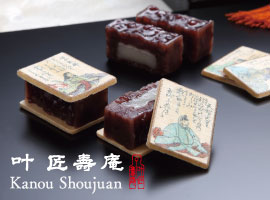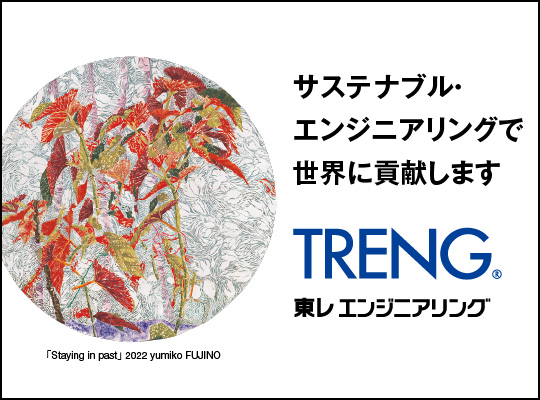PERFORMANCE
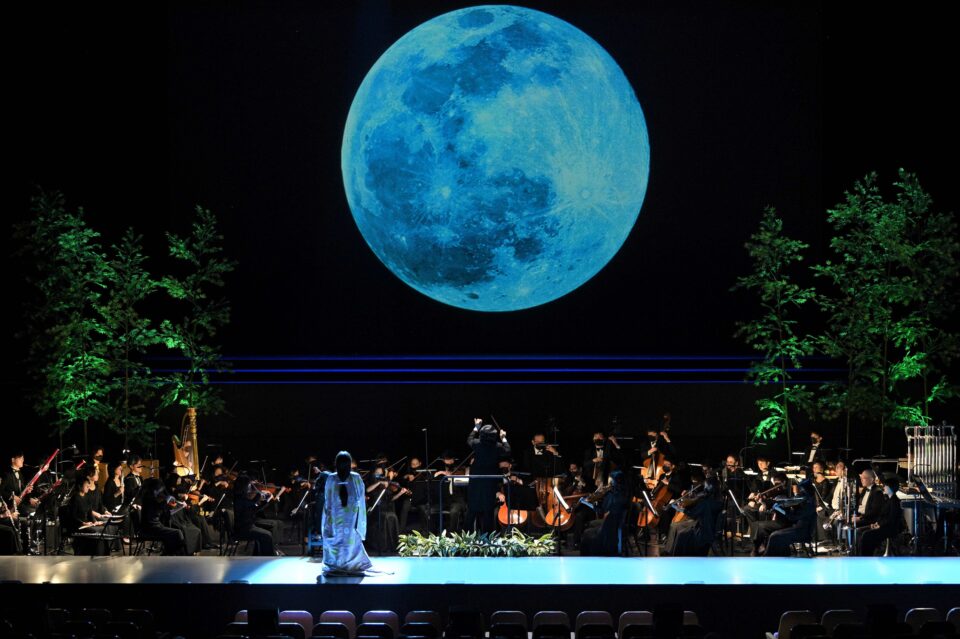
Numajiri Ryusuke: Bamboo Princess
OPEN 1:15 pm / START 2:00 pmTICKET
- GET TICKETS
- SS: JPY 9,900
- S: JPY 8,250
- A: JPY 6,600
- B: JPY 4,950
- C: JPY 3,850
- under24(S~C): JPY 3,300
- All Reserved seats.
- Date
- OPEN 1:15 pm / START 2:00 pm
- Cast & Creative
- Conductor:Ban Tetsuro (Artistic Director of Biwako Hall)
Original Stage Director:Kuriyama Masayoshi
Stage Director:Nakamura Keiichi
Set Designer:Masuda Sumiko
Lighting Deseigner:Haranaka Harumi
Costume Deseigner:Otsuka Mitsuru
Sound Deseigner:Ono Takahiro(Biwako Hall)
Stage Manager:Sugahara Takahiro
Cast
BIWAKO HALL Vocal Ensemble
Princess Kaguya,Bamboo Princess:Takada Mizuki
Old man, Bamboo-Cutter:Mukai Tadatoshi
Old woman: Mori Tokiko
Mikado,the Emperor:Nishida Kohei
Prince Ishitsukuri:Arimoto Yasuto
Prince Kuramochi:Ohno Kohsei
Abe-no-Miushi, Minister of the Right:Ichikawa Toshimasa
Ohtomo-no-Miyuki,Grand Counselor:Hare Masahiko*
Isonokami-no-Marotari, Middle Counselor:Taira Yoshifumi
General:Arigaya Tomoki
Envoy from the moon:Tokuda Asahi
Craftsmen:Arigaya Tomoki, Okumoto Tokiya, Furuya Akihisa
Goto Masumi, Sunaba Takuya, Hayashi Takashi
*Guest member
Chorus:Biwako Hall Vocal Ensemble
Orchestra:Japan Century Symphony Orchestra
- Program
- Libretto & Music:Numajiri Ryusuke
Based on ”Taketori Monogatari (The Tale of Bamboo-Cutter)"
- Theatre
- Contact
- Biwako Hall Ticket Center
TEL: +81-(0)77-523-7136
- Assisted by
- Agency for Cultural Affairs, Government of Japan
- Subsidized by
- Japan Foundation for Regional Art-Activities
Rohm Music Foundation
The Asahi Shimbun Foundation
CAST
-

Princess Kaguya
Takada Mizuki -
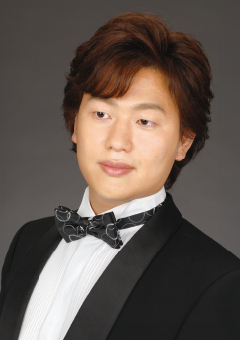
Old man
Mukai Tadatoshi -
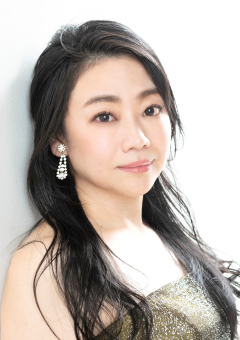
Old woman
Mori Tokiko -
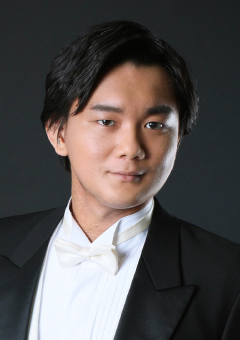
Mikado
Nishida Kohei -
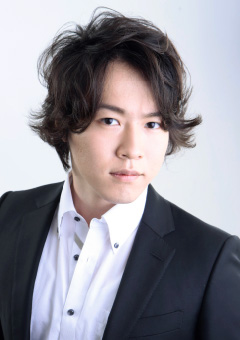
Prince Ishitsukuri
Arimoto Yasuto -
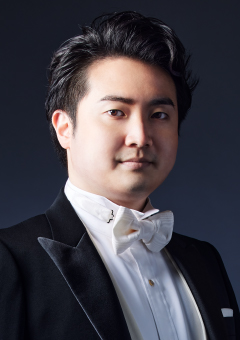
Prince Kuramochi
Ohno Kohsei -
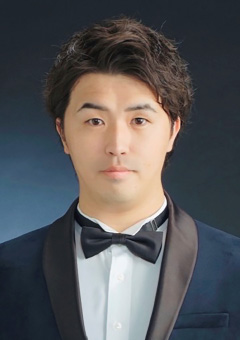
Abe-no-Miushi
Ichikawa Toshimasa -

Ohtomo-no-Miyuki
Hare Masahiko -
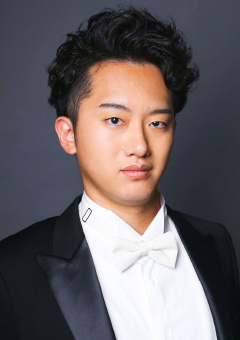
Isonokami-no-Marotari
Taira Yoshifumi -
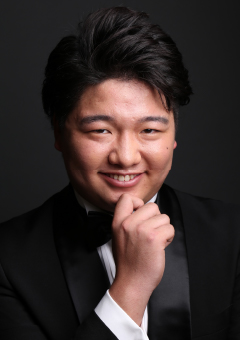
General
Arigaya Tomoki -
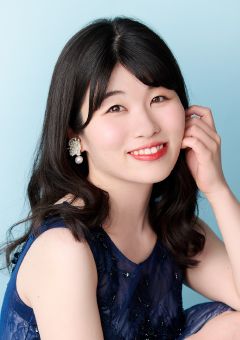
Envoy from the moon
Tokuda Asahi -
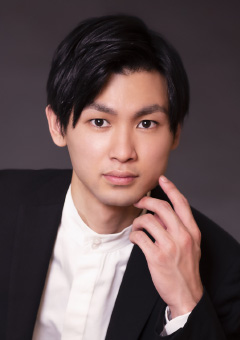
Craftsmen
Okumoto Tokiya -
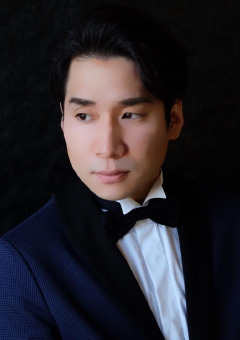
Craftsmen
Furuya Akihisa -
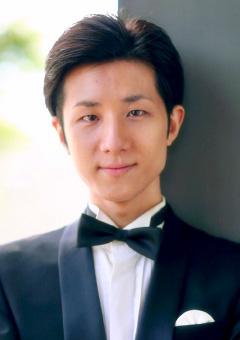
Craftsmen
Goto Masumi -
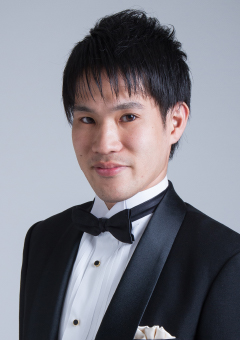
Craftsmen
Sunaba Takuya -
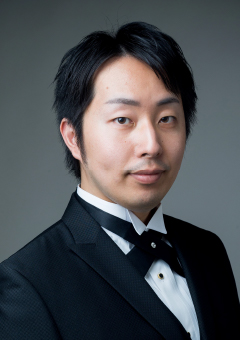
Craftsmen
Hayashi Takashi
Synopsis and characters
Tale of the Bamboo Cutter
Once upon a time, there lived an old man and his wife.
One day, when the old man went to the bamboo forest, he came across a shining stalk. When he cut it open, he found inside it a cute little girl. He and his wife decided to raise her as their own child, and named her Kaguya-hime. The little girl grew into such a beautiful young lady, that she was known for her beauty throughout the village. Before long, five princes came to ask for Kaguya-hime’s hand in marriage. Kaguya-hime replied, saying “I shall marry the one who is able to bring me the treasure I ask for”. But none were able to comply with her wishes. Eventually, news of the beautiful princess reached the Emperor’s ears. However, she refused to see him.
The Emperor wrote many letters to Kaguya-hime asking her to marry him. After three years had passed in this way, Kaguya-hime began to gaze at the moon every night with tears in her eyes. When the old man asked her what was the matter, she revealed to him, “I come from the moon, and must return when messengers from the moon come to take me back on the night of the next full moon. That is why I am crying.” This revelation shocked and saddened the old man and his wife. The Emperor, upon hearing about Kaguya-hime’s plight, even dispatched his troops on the night of the full moon to drive away the messengers, so determined was he not to let them take Kaguya-hime away. However, alas, the heavenly entourage could not be bested. Kaguya-hime bid a sad farewell to the old man and his wife, gave the Emperor an elixir of immortality as a parting gift, and ascended to the moon.
With Kaguya-hime gone from his life, the Emperor saw no need for an elixir of immortality, so he took it to the highest mountain and burned it. From then on, the mountain came to be called the mountain of immortality, or Mount Fuji (fuji/fushi means immortality in Japanese).
Characters
Princess Kaguya, Kaguya-hime: The beautiful princess who was found shining from within abamboo stalk.
Okina, Bamboo-Cutter: An old man who makes a living taking bamboo.
Ouna: An old woman who loves and raises Kaguya-hime.
Mikado : The Emperor, who hears the rumors of Kaguya-hime and wishes to make her his consort.
Ishitsukuri-no-Miko: A prince who proposes to the princess and is tasked with bringing the stonebegging bowl of the Buddha.
Kuramochi-no-Miko: A prince who proposes to the princess and is given the task of acquiring a jeweled branch from the mythical island of Horai.
Abe-no-Miushi, Minister of the Right: A prince who proposes to the princess and is tasked with obtaining a robe of fire rat pelts.
Ohtomo-no-Miyuki, Grand Counselor: A prince who proposes to the princess and is given the task of obtaining a colored jewel from a dragon’s neck.
Isonokami-no-Marotari, Middle Counselor: A prince who proposes to the princess and is tasked with acquiring a cowry shell born from a swallow.
Craftsmen: Artisans who make the jewel branch from Mount Horai.
Director’s Notes
Bamboo Princess 2024 Director’s Notes
Nakamura Keiichi, Stage Director
There have been many operas created in Japan, starting with Yamada Kosaku’s “Ochitaru Tennyo (The Fallen Celestial Maiden) ” and “Kurofune (Black Ships).” However, those that stand shoulder to shoulder with the usual Western productions and remain in repertoires––like Dan Ikuma’s “Yuzuru (Twilight Crane) ” or Matsumura Teizo’s “Chinmoku (Silence)”––are very few. The reasons for this are several, but the primary causes are a lack of good librettos (opera scripts) and an insufficient knowledge of opera among composers. In fact, as the story of “Princess Kaguya” is a familiar one for Japanese people, numerous composers have tried adapting it, but unfortunately, we have not yet seen a version of it become part of repertoires with repeated performances across the country.
With this production of “Bamboo Princess,” however, we have a conductor, Mr. Numajiri who knows opera inside and out, and the libretto he has written is excellent. This is an operetta that gives hope for opera becoming a popular entertainment choice for people.
The premiere of this work was blessed with direction by Mr. Kuriyama Masayoshi, a man who lived the history and forged a path for Japanese opera. His stagecraft is characterized by its skillful fusion of elements of Japanese theatrical traditions, like Kabuki and Noh, and the revue-like splendor of postwar plays and musicals. As Mr.Kuriyama’s appointed successor, I’ve retained this flavor and endeavored in my direction to bring out Japanese expressions of stillness balanced with movement. Much like a Noh stage, the acting area for this work is a densely occupied, not particularly large space. Also, the orchestra performs not in a pit but on stage. Like Noh’s hayashikata musical accompaniment, the conductor and musicians appear on the stage space like actors. The dialogues between singers and musicians as they exchange glances and get in tune with each other, and also the presence of the conductor, should be observed as part of the stage.
The greatest challenge facing those of us in the opera world is creating productions that will make people think “Let’s go to an opera today” as readily as they feel like going to the movies. I believe this dream could become a reality with this work, and I look forward to its performances everywhere.
